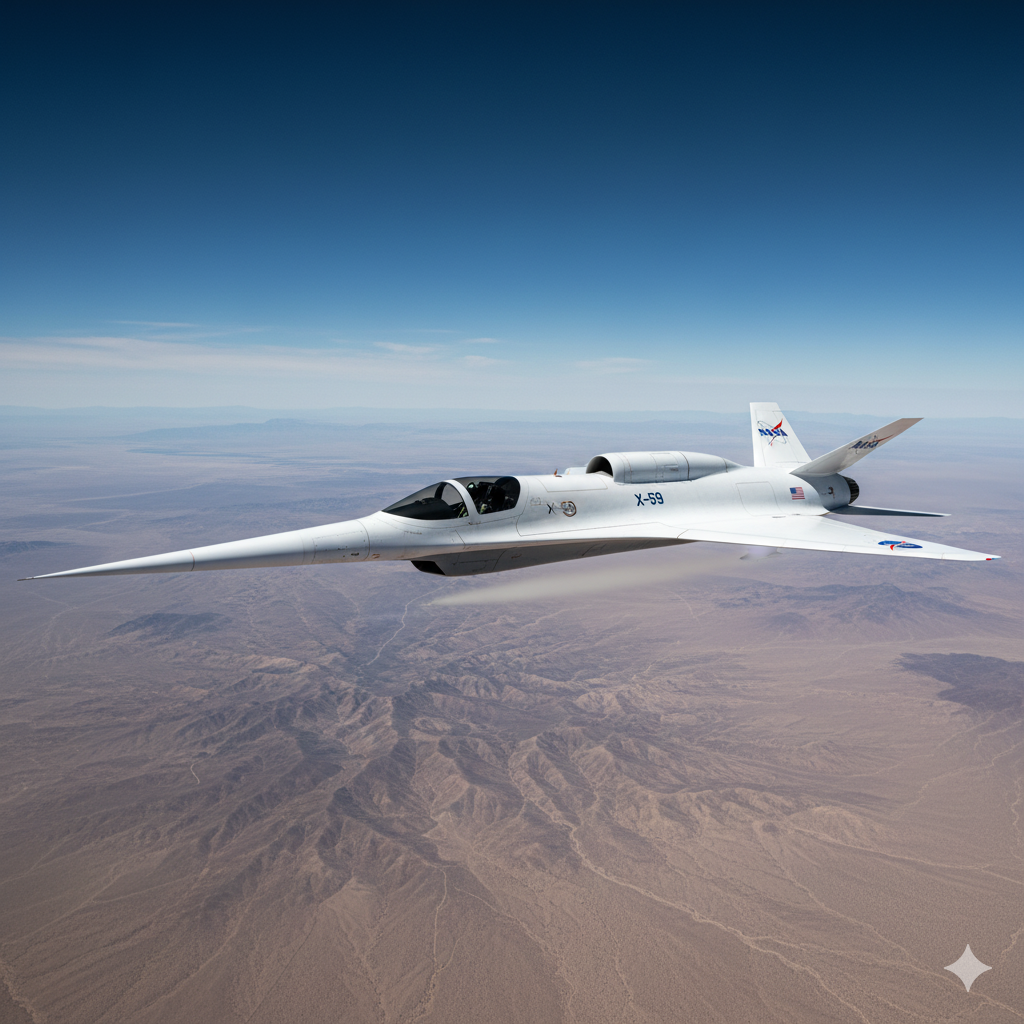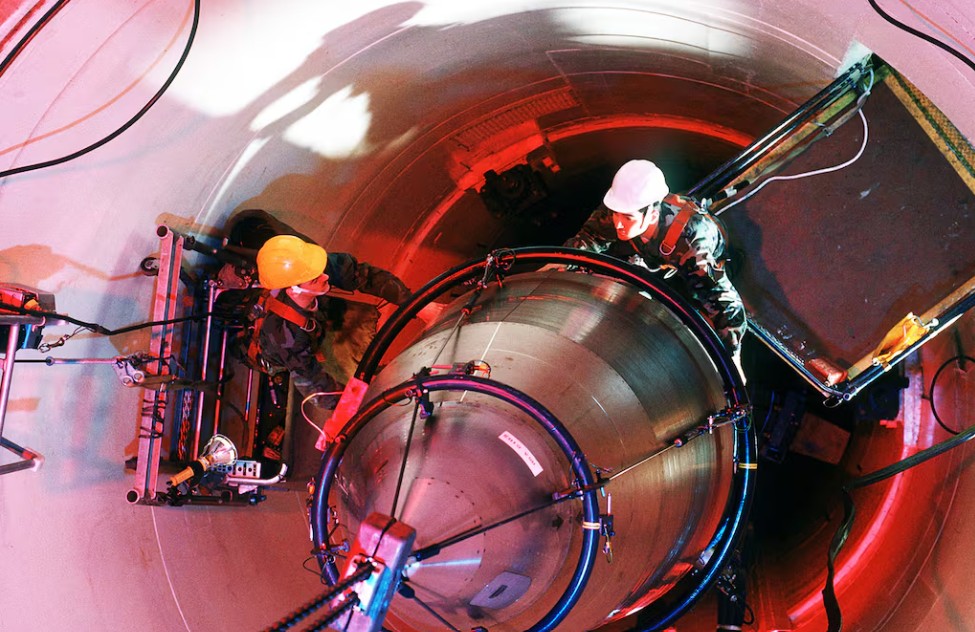The dream of quiet supersonic air travel, a concept once thought to be a futuristic fantasy, has taken a monumental leap forward with the successful completion of the X-59 supersonic jet’s first flight in California. Developed by Lockheed Martin Skunk Works for NASA’s Low-Boom Flight Demonstration (QueSST) mission, this groundbreaking aircraft isn’t just about speed; it’s about redefining the sonic barrier itself. Its maiden voyage marks a pivotal moment, pushing the boundaries of aerospace engineering and bringing the possibility of routine, overland supersonic flight significantly closer to reality.
For decades, the sonic boom has been the Achilles’ heel of supersonic flight. The thunderous shockwave generated when an aircraft exceeds the speed of sound has historically restricted supersonic jets to over-water routes, preventing their widespread adoption for commercial passenger travel. Regulations banning supersonic flight over land were put in place precisely because of the disruptive noise pollution caused by these booms, effectively grounding the aspirations of a new era of faster-than-sound air travel.
The X-59 is designed to fundamentally change this paradigm. Its revolutionary design, a testament to cutting-edge aerodynamic principles, aims to transform the jarring “boom” into a mere “thump” – a much softer, more tolerable sound, if audible at all on the ground. This isn’t achieved through noise cancellation, but by manipulating the shockwaves themselves. The aircraft’s long, slender nose, carefully sculpted fuselage, and unique wing configuration are engineered to spread out and weaken the shockwaves generated at supersonic speeds, preventing them from coalescing into a powerful sonic boom.
The successful first flight in California is a critical milestone for the QueSST program. It validates years of intensive research, computational fluid dynamics (CFD) modeling, wind tunnel testing, and meticulous engineering. This flight demonstrates that the X-59 is not only capable of achieving stable flight but that its fundamental design principles are sound. It moves the project from the theoretical and developmental phases into real-world operational testing, a crucial step before its innovative low-boom technology can be properly evaluated.
Following this initial flight, the next phase of the QueSST mission will involve extensive testing to rigorously prove the X-59’s low-boom capabilities. NASA plans to fly the X-59 over populated areas across the United States, carefully collecting community feedback on the perceived sound. This data will be instrumental for regulators, particularly the Federal Aviation Administration (FAA) and international aviation authorities, in reassessing and potentially revising current restrictions on overland supersonic flight. If the X-59 can indeed deliver a “quiet thump” that is acceptable to communities, it could unlock a new era of commercial air travel, drastically cutting flight times across continents.
The implications of success are profound. Imagine a future where a journey from New York to London takes just a few hours, or a cross-country flight across the U.S. is completed in a fraction of the current time, all without disturbing those on the ground. This would not only revolutionize business and leisure travel but could also have significant benefits for emergency response, rapid deployment, and global connectivity.
Moreover, the technology developed for the X-59 could have broader applications beyond commercial supersonic passenger jets. It could inform future designs for military aircraft, reconnaissance planes, or even space access vehicles, where reducing acoustic signatures or optimizing aerodynamic efficiency at high speeds is critical. The X-59 is a flying laboratory, and the knowledge gained from its operations will ripple across the aerospace industry.
This project is a powerful example of collaboration between government agencies like NASA and private industry leaders like Lockheed Martin, pushing the boundaries of what’s possible. It highlights the long-term vision and commitment required to tackle complex engineering challenges and bring transformative technologies to fruition.
In conclusion, the X-59 supersonic jet’s first flight marks an extraordinary achievement in aerospace innovation. It’s a bold step towards conquering the challenge of the sonic boom, opening the door to a future where overland supersonic flight is not only possible but also socially acceptable. As the X-59 embarks on its mission to demonstrate “quiet” speed, it carries with it the promise of a dramatically faster, more connected, and less noisy world of air travel, cementing its place as a true pioneer in aviation history.




